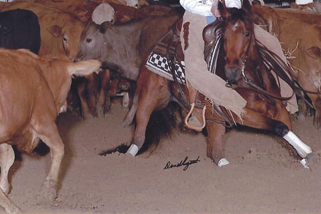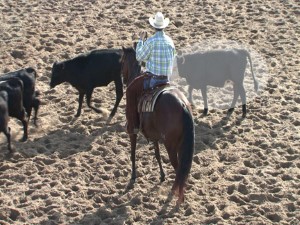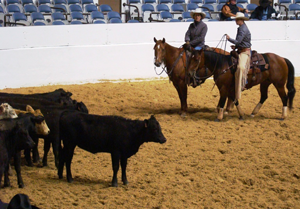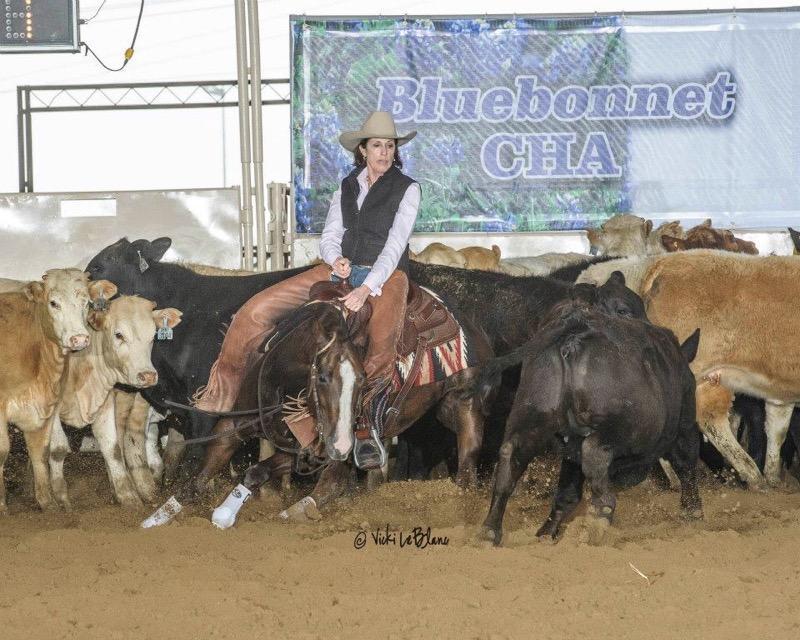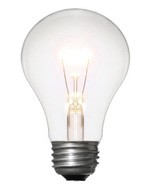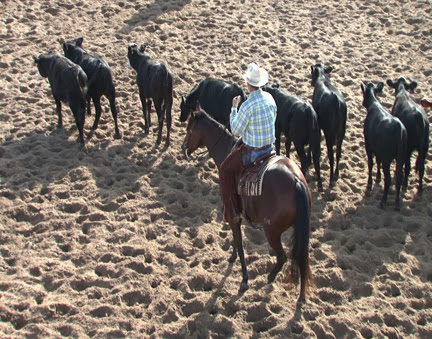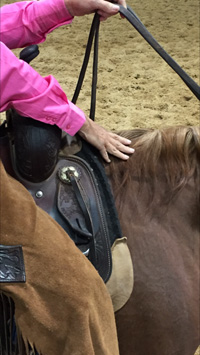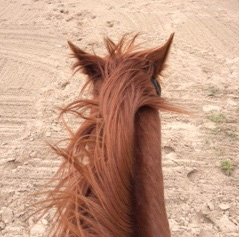
Tips to Develop Your Cutting Seat



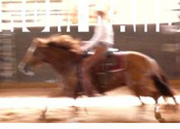
I receive some form of this question a lot:
“What advice can you give an amateur cutter who becomes very anxious and feels out of control when the cow takes off running when practicing in a large round pen … and your biggest fear is the unexpected STOP. Any advice or practice tips you can share to help get control of this?”

My first thought is a rather obvious one, but I have to mention it.
Stay safe. I don’t really know how your horse stops when he goes fast. If he stops on his front end every time, that is difficult for anyone to ride.
For the purpose of this article, let’s assume that your horse stops on his hindquarters… at least most of the time!
These three things are necessary for stops to be comfortable at high speeds:
1. Both the horse and the rider must rate the cow.
By this, I mean that if as a rider you are dreading the stop and you’re not focused on reading the cow, there is no doubt you will most likely keep your feet in your horse and cause him to stop on his front end.
Riding cow horses has a tremendous amount to do with reading a cow no matter the speed… slow or fast.
It takes time to trust your horse and yourself as you read a faster cow.
However, that being said, you can talk to yourself constantly while working a cow and tell yourself, “Read the cow. Read the cow. Read the cow.”
This mantra helps you focus your eyes and your mind on the cow instead of thinking about the fear of the speed and what could happen. By saying this to yourself repeatedly, over time you WILL learn to read a cow if you focus on it.
As you learn to read a cow better, you will begin to round your lower back and drop your seat down as you see the cow begin to stop, which gives your horse time to stop on his hindquarters in position with and in time with the cow.
2. A horse must be collected and have some propulsion to stop well.
The rider aids collection and propulsion (or hinders it) with what he or she does with their feet while traveling with a cow.
Regarding a stop, make sure your seat is down and stays down as your horse stops AND all the way through the turn.
Your feet need to be OUT OF HIM as he’s stopping.
When you begin to travel with a cow at the end of the turn, your feet re-enter the scene to guide or propel a horse.
My suggestion is to really understand (with the help of a trainer or mentor) this entire sequence of how to use your feet for the stop and turn.
Different trainers have different philosophies about this. Really seek to understand first. Then, practice it on a flag if you can, as well as on cattle.
It takes time to master timing with your feet, but it has everything to do with if your horse stops well on a fast cow.
3. Your upper body needs to stay soft and pliable, especially your hips and your lower back.
Your center of balance is in your lower abdomen. Your hips should feel soft and heavy and your back should feel soft and rounded for stops.
I agree with the concept of “push on the horn” if you are just beginning to work a cow, especially if you are pulling on the horn.
Beyond that time however, I believe it is much better to tell yourself to “Get heavy, soft and deep in your hips,” as you stop.
I WAY prefer this to “push on the horn” which makes your arm stiff… which stiffens your entire upper body… and ultimately actually takes your balance out of your seat.
I do think it’s a good idea to gently use the horn as a balancing lever by pressing against it with the heel of your hand if necessary from time to time, but not as an end in itself.
When someone tells you to push on the horn, press gently on it and get heavy in the saddle. Consciously tune into softening your hips and lower back.
While these three suggestions are not all-inclusive, they are vital to help you develop great stops with speed.
In time you will come to love feeling the rhythm in controlling a fast cow. In the meantime, practice the above and be patient with yourself in this learning curve.
Although it takes time, the end result is well worth the time and effort.
